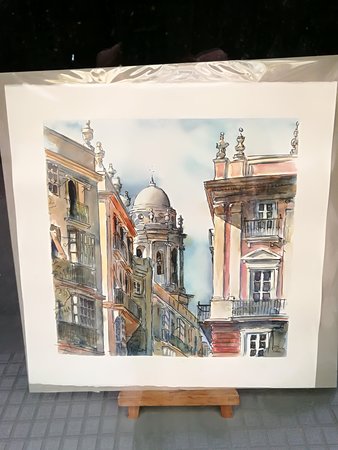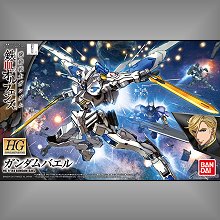

Both rolls were developed together in Rodinal 1+50 for 10min. Focusing was done with the use of a magnifier provided with cameras waist level finder. All the images were taken on a tripod with cable release and lens hood. Ilford Delta 100 was chosen as the finest grained film available locally. So, a quick overview of the conditions of the test. I wanted to see though if there would be any difference between the two lenses in that regard.

I must note here that for me Model C is the the best one - it's lighter and slightly smaller than later models (lacking a light meter, which I don't generally use anyway), it was the first one to feature the better Planar/Xenotar lenses AND, importantly, it was the last model to have 10 aperture blades, that give a smoother rounded bokeh.

There's two things I was testing for - sharpness and bokeh. As it happens I already had a 2.8C Planar, so a test could now be carried out within the same model. Well, last week I was absolutely delighted to find out that one of the best wet plate photographers I know was in need of a working 4x5 Graflex RB, which I knew of an existence of nearby, and was willing to trade a Rolleiflex 2.8 model C with a Xenotar lens for it. Xenotar lenses, but never having a Xenotar at my disposal I could never experience those supposed differences for myself. In that group, as well in other forums, I every once in a while saw fairly heated debates about quality and characteristics of Planar vs. Since 2007 I have also had a pleasure of moderating the Facebook group dedicated to all things Rolleiflex, which at this point has well over 9.000 members and where a lot of great photography is posted daily. Through the years I have gone through 12 TLR cameras - models C, E, E3, and F and ALL of them happened to have had Planar lenses. Hasselblad 500C and CM, Pentax 645 and 6x7 as well as others I'm likely forgetting) and nothing came close to the not only the images produced, but also the way Rollei TLRs feel in my hand. Since then I've shot with a variety of other medium format cameras (Mamiya 7II, C330, RZ. After running a few rolls through it I was seriously hooked and quickly almost completely abandoned 35mm. I've been shooting with Rolleiflex TLR cameras ever since I was blessed with getting my first one in 1999. That said, I think some may find the information useful. Right off the bat let me say this is NOT an extraordinarily scientific test - lacking a variety of highly scientific tool as my disposal this is nothing but a personal testimony of what I could observe under as stringent of conditions as I would normally exercise while shooting.


 0 kommentar(er)
0 kommentar(er)
